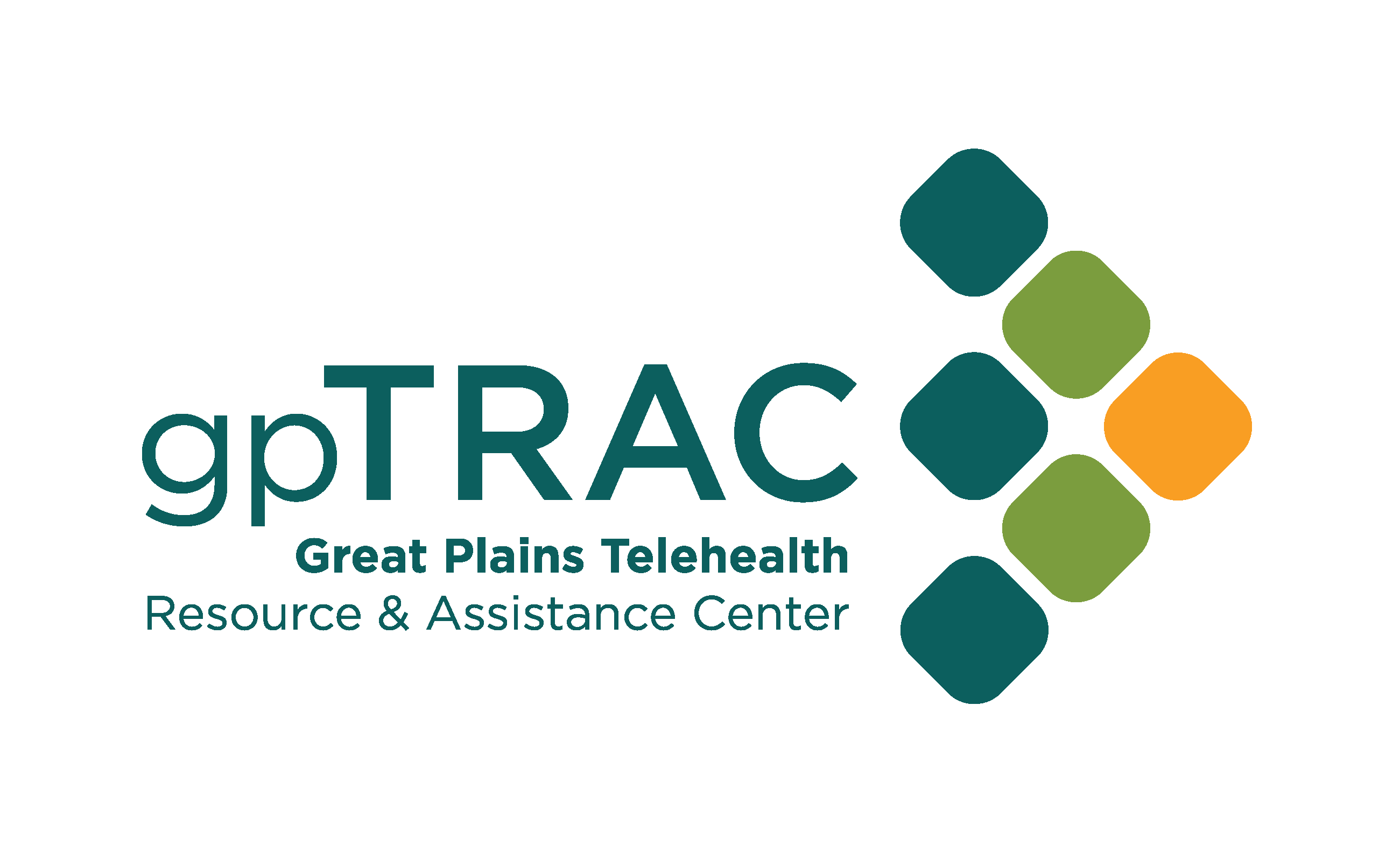The first community health centers actually began as “neighborhood health centers” in 1965. Borne out of President Johnson’s “War on Poverty”, the nascent health center movement focused on comprehensive, community-based services. The first of these health centers opened in Columbia Point, MA and Mound Bayou, MS. The National Association of Community Health Centers (NACHC), which is the national advocacy organization for health centers and Primary Care Associations (PCAs) like us, emerged in 1971 to provide education, training, and technical assistance to health center staff and Board members. With NACHC’s help, the Health Center Program was permanently authorized in 1975 under Section 330 of the U.S. Public Health Service Act.
Today, Section 330 authorizes discretionary funding from Congress and mandatory funding from the Community Health Center Fund (CHCF), which was created in 2010 and expired in 2015. Congress has reauthorized the CHCF twice, for two-year increments both times, but this short-term funding solution is not sufficient. Most recently, the $1.4 trillion spending package authorized funding for health centers through May 22, 2020. While an extension of funding is positive, it does not fully address the need for long-term and stable funding for health centers. Without certainty in funding, health center leadership might not be willing to take risks on new initiatives or services that their community could benefit from. This might mean opening fewer delivery sites to meet patient needs or difficulty attracting health workers because their paychecks are not guaranteed.
Serving more than 27 million Americans, health centers have come a long way from their beginning in 1965. With more than 50 years of service and expansion into all 50 states and U.S. territories, health centers are a vital and positive force for good in every community they serve.

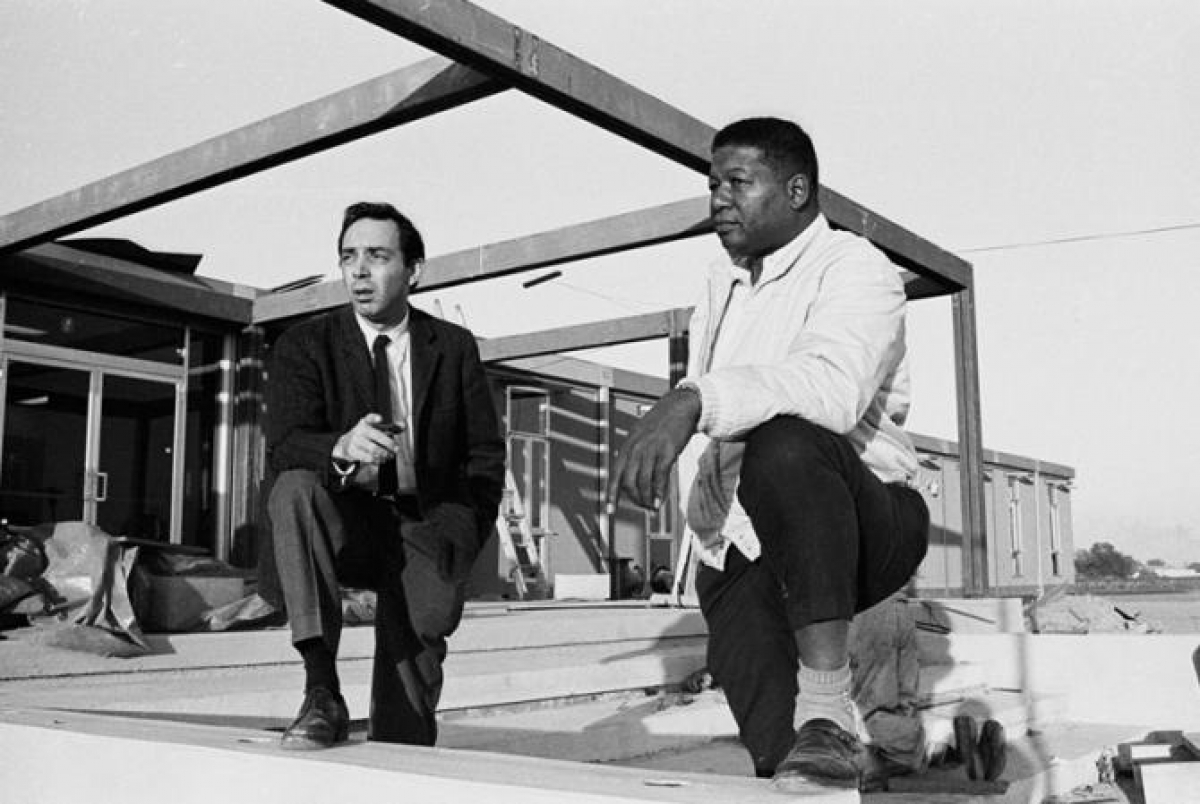
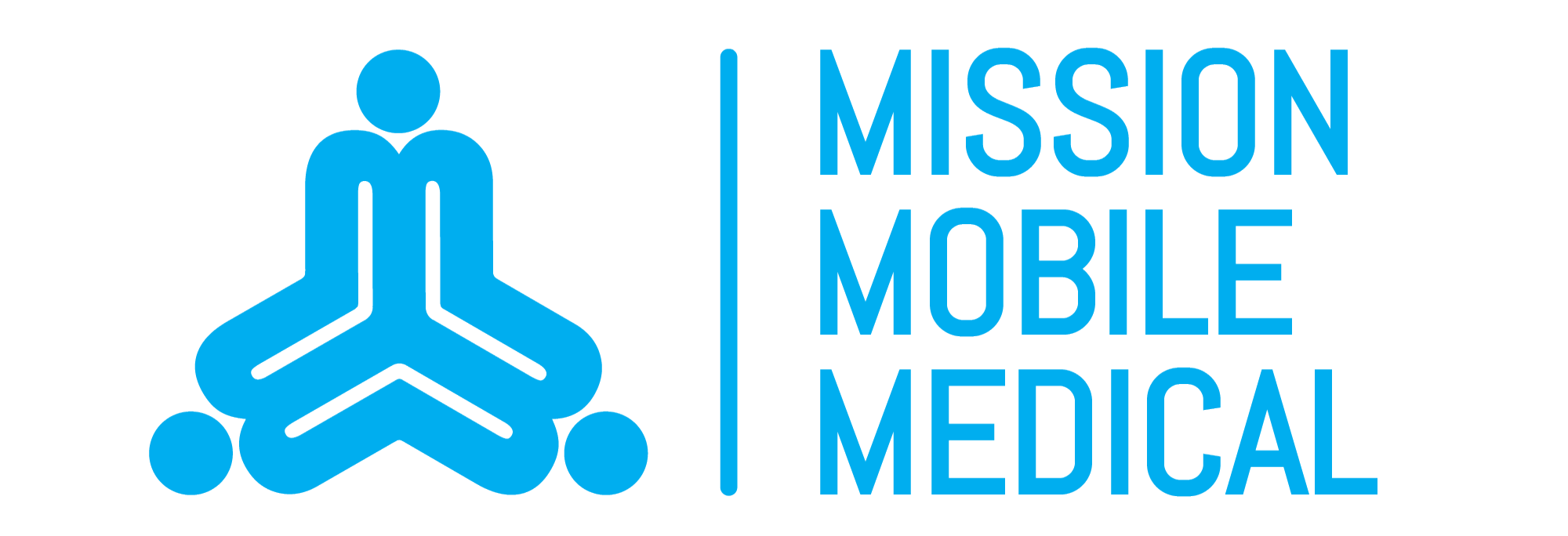










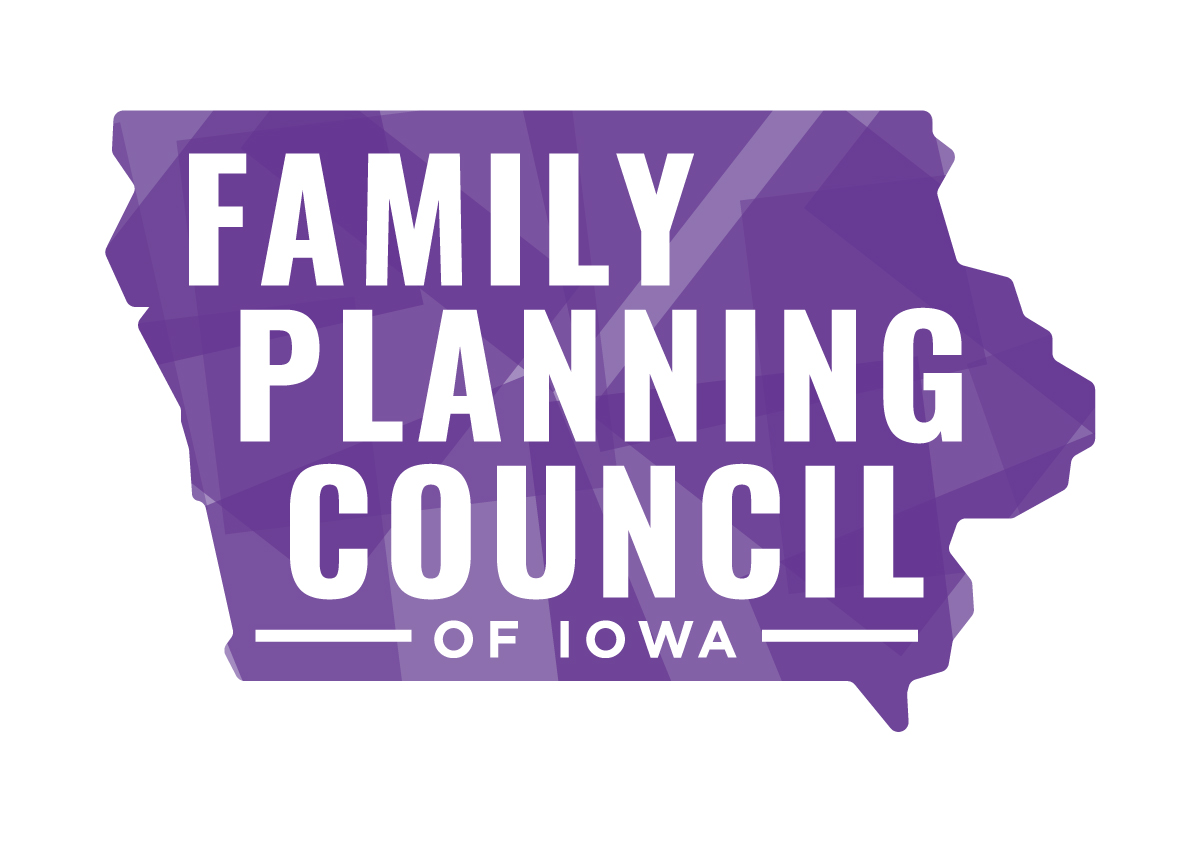





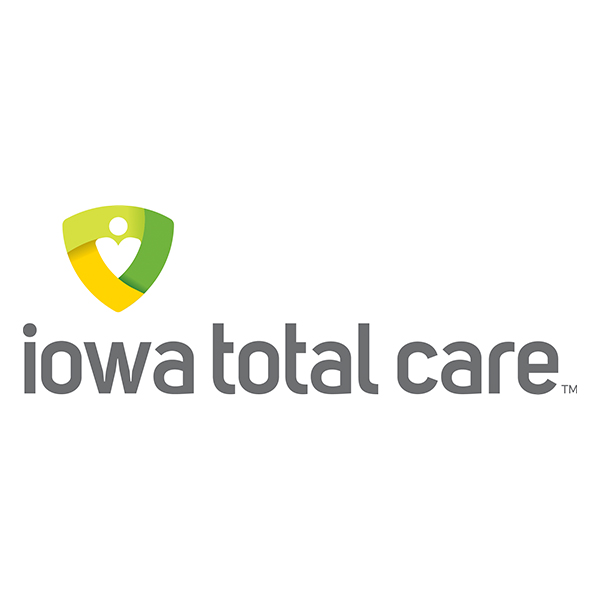







.png)










